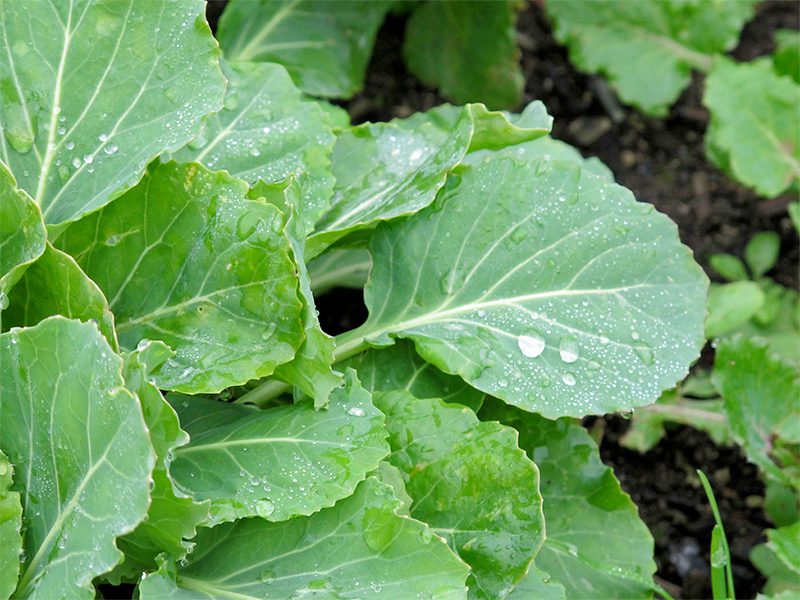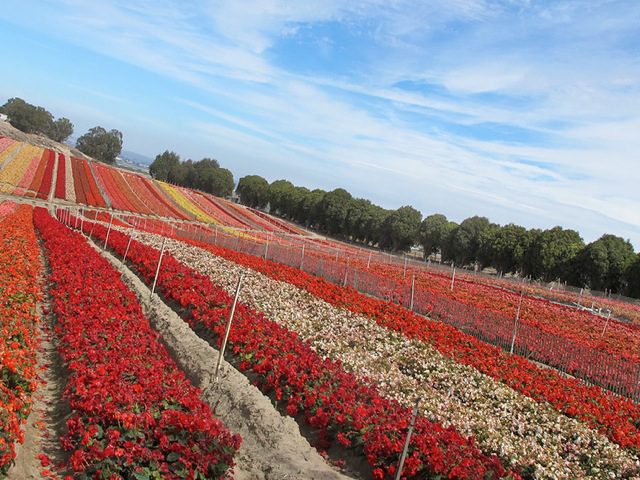Wednesday January 2, 2013

As you sip and contemplate your morning mug of coffee, you might think the only water your drink requires is the water needed for brewing. But one cup of coffee actually takes 35 gallons of water on average to produce—including the water needed to grow the coffee crop (Pacific Institute 2012). This “hidden” water consumption is known as a water footprint, or the amount of water needed to produce something from start to finish. The Pacific Institute released a report last month finding that the average Californian consumes 140 gallons of water a day to drink, shower, wash clothes, water gardens, etc. But when it comes to our water footprint, our actual consumption is more than ten times greater: 1,500 gallons per person per day. The water footprint for the entire state is 20 trillion gallons per year, which is more than double the annual flow of our two biggest rivers—the Sacramento and San Joaquin—combined.
Where does all that water go? More than 90% of our water footprint is tied to food production: half goes toward meat and dairy, while half goes toward fruits, vegetables, and other agricultural products. The majority of our water footprint (70%) comes from products and foods we purchase from out of state, meaning California is a net importer of “virtual” water. As the demand for limited freshwater intensifies, it’s important to consider and understand our relationship with this precious resource. Though water is clearly the essence of life, the extent to which we depend on it is sometimes hard to see.

